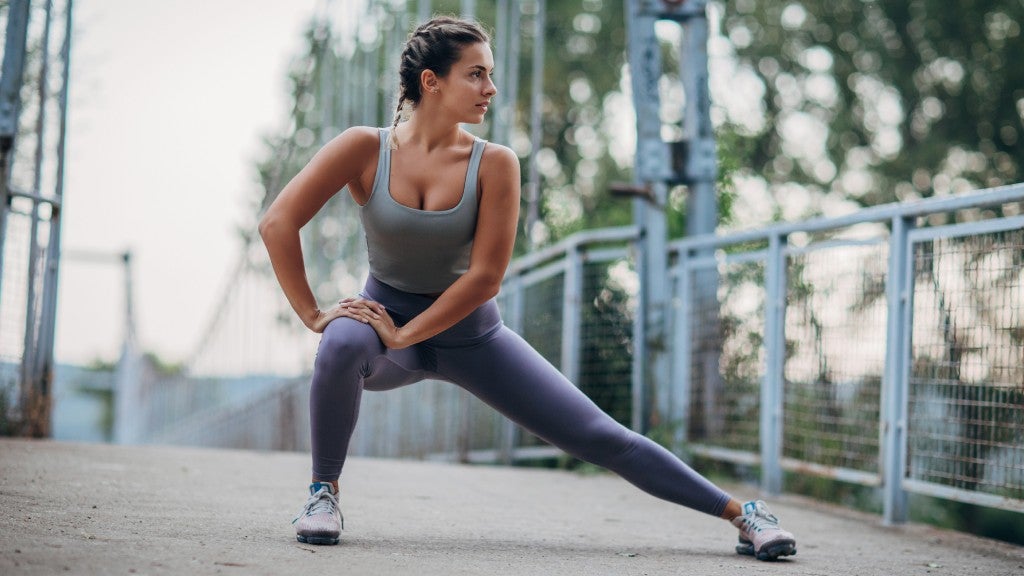Should you stretch before running?

If you skipped warming up the last time you went for a run, you’re not alone. But whether you simply ran out of time, aren’t sure how to warm up or are still on the fence about pre-running stretching, ASICS running coach Sam Hopper says it’s worth spending a few minutes preparing your body before your next workout, regardless of whether it’s a 2km walk or the Real Insurance Sydney Harbour 10&5K.
“The aim of a warm-up,” he explains, “is to raise your heart rate to increase blood flow to the working muscles.”
Not warming up and not preparing your muscles properly, he adds, can increase your risk of injury. Even if your run is a few km less, or you get up five minutes earlier, it pays to treat your muscles before you really ramp up your run with some stretches for runners.
What kind of stretching is good for runners?
While a raging debate about the benefits of stretching for runners has been going for the past few decades, most studies show that re-running stretching can help increase your range of motion and flexibility. Both of which are important if you’re a recreational runner.
Dynamic stretches (leg swings, squats, etc), were found to increase a runner’s performance and running economy, which refers to the amount of oxygen our bodies use when we run at a speed. While static stretches (quad stretch, hamstring stretch, etc), were found to help reduce the risk of injury if applied in short durations.
So, what is the best warm up as a runner?
Well, it all comes down to spending a little extra time at the start of your run focusing on your body, says Sam.
“Usually, the warm-up that I recommend is a light jog to wake the muscles up, then some dynamic activations,” he explains.
“Performing dynamic or moving stretches beforehand can help prepare your joints and muscles for the range of motion required for running.”
Three useful stretches for runners to do before a training session or race include:
Standing Hip Controlled Articular Rotation (CAR)
HOW: Stand up straight. Lift your right leg in front of you, bending at the knee. Move your leg out to your right side. Twist your hip so the bottom half of your leg is facing backwards and is parallel to the ground. Gently twist the hip further back then bring your foot down to the ground again. Repeat on the other side.
Lunge with a side bend
HOW: Get into a lunge position with your left knee on the ground and your right knee bent facing forward. Lift your torso up. Put your right fingertip to the ground then bend over to the right-hand side. Repeat on the other side.
Lateral squat stretch
HOW: Stand with your feet facing forward so they are wider apart than your hips and shoulders. Shift your weight onto your right foot and bend that knee so that your left leg becomes straight, and you feel a stretch. Shift to the other side.
Avoid overstretching (doing too many reps or pushing your muscles too far), warns Sam, as well as stretching an injury as that can “prolong the healing of the soft tissue damage”.
What about stretching after a run?
Once you’ve ripped up the pavement in your training, Sam recommends spending some time stretching to help with recovery and to reduce any muscle soreness.
“Stretching after training should include more static exercises,” he explains, “or stretches that are usually held for at least 15 seconds.”
Beneficial static stretches include groin stretches, hip flex or stretches, and calf stretches, which can help cool you down and keep you limber for your next run.
26 Jun 2024